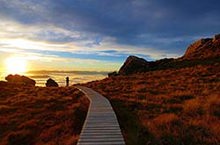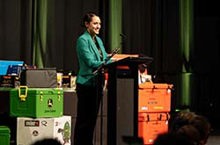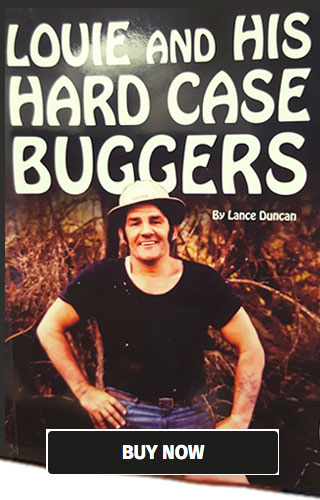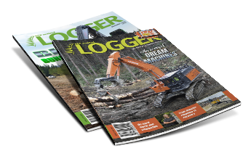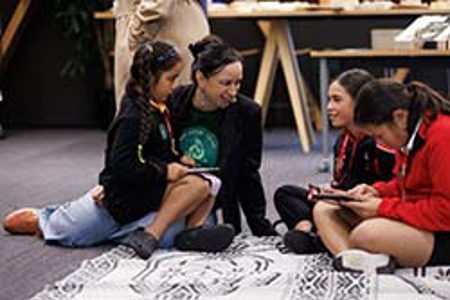
Scion has launched a new interactive learning app designed to empower rangatahi (young people) and communities with knowledge about myrtle rust.
Developed with a focus on accessibility and engagement, the ‘E heke e Heka!’ app combines innovative technology with culturally relevant content in both Te Reo Māori and English, for a diverse audience aged 12 and above.
Students from three kura (Whakarewarewa School, Te Rangihakahaka Centre for Science and Technology, and Rotorua Primary School - Pukeroa Oruawhata) were among the first rangatahi to download the app during a launch at Te Whare Nui o Tuteata in Rotorua last month.
Myrtle rust, an invasive fungal disease affecting indigenous and exotic plant species of the Myrtaceae family, poses a significant threat to New Zealand's ecosystems and biodiversity. Since its arrival in New Zealand in 2017, science, research and kaitiakitanga approaches have sought to learn about the impacts some of our most iconic plants, such as pōhutakawa, face in the future. At the same time, myrtle rust scientific resources, particularly in Te Reo Māori, have not been widely accessible. Recognising this gap, a team at Scion led by Indigenous environmental researcher, Katerina Pihera-Ridge, embarked on a mission to translate the scientific knowledge for communities, whānau and young people to engage through a unique digital platform.
"We believe it's a fundamental right for all people, regardless of background, to access critical information about our environment," says Ms Pihera-Ridge, who leads Scion’s Restoration, Protection and Mauri o Te Waonui a Tāne portfolio.
"This app bridges the gap between science and communities, offering a user-friendly platform that transforms learning into an interactive and immersive experience."
To complement the ‘E heke e Heka!’ app, she envisioned the development of ‘Mātaihia te heka’ Augmented Reality (AR) to provide users with a virtual window into the world of myrtle rust. By visualising the fungus on four different plant species, the AR feature enhances understanding and empowers users to identify and go on to monitor potential myrtles in their own surroundings as well as consider their own mātauranga tuku iho, or knowledge systems, alongside the science information.
"We wanted to create more than just an educational tool; we wanted to craft an experience that resonates with users on a personal level," explains Te Ao Māori Research Group Leader, Sierra De La Croix.
“We thought really carefully about where young people go to learn so we could provide the information in a format that they are more likely to engage with. One young person told us the AR feature brought the ngahere to life.
"The app is structured as a story, complete with interactive activities that make learning about science informative, digestible and enjoyable."
Proof of its appeal came during early testing with young people who provided valuable feedback to the app’s development team, Kiwa Digital.
Ms De La Croix says adults also enjoy ‘E heke e Heka!’, making it a fun activity for all the whānau.
“A highlight for me was when we showed our project lead myrtle rust researcher Dr Michael Bartlett the AR component, which is a gamified activity to seek out and find infected leaves on the virtual branches. When Michael saw how closely representative the four different species looked when they are impacted by myrtle rust, he was fully engaged.
“If our experts in myrtle rust research think this is scientifically relevant and cool, then it tells me that it’s an effective tool.”


